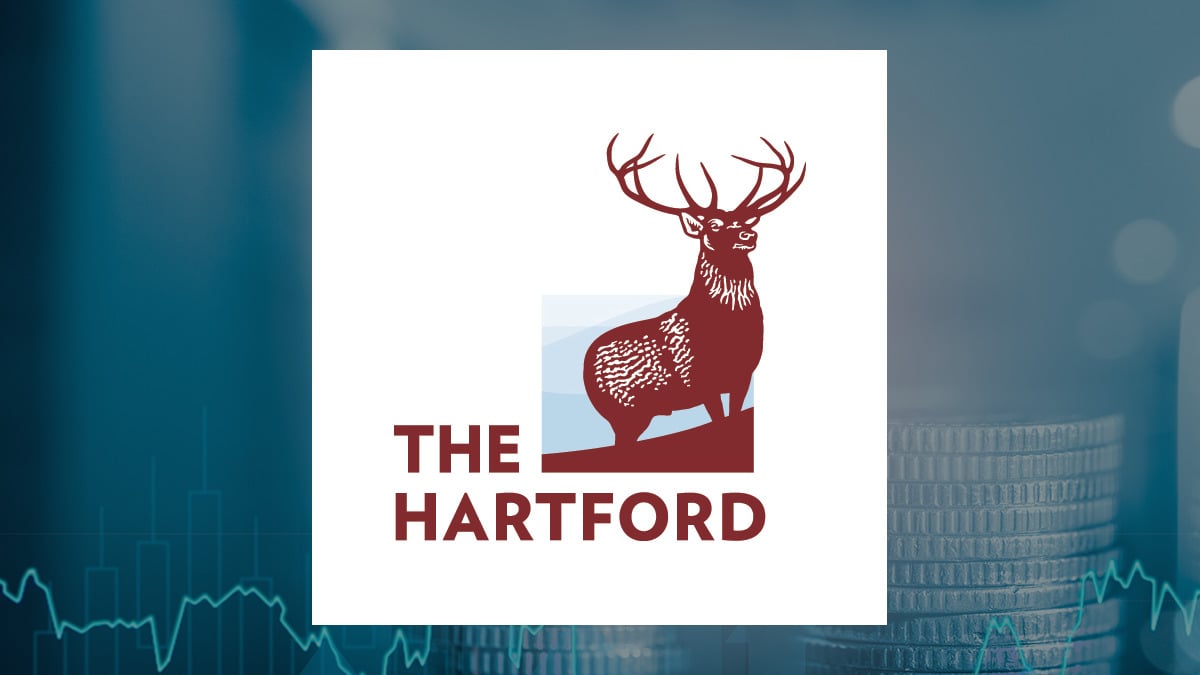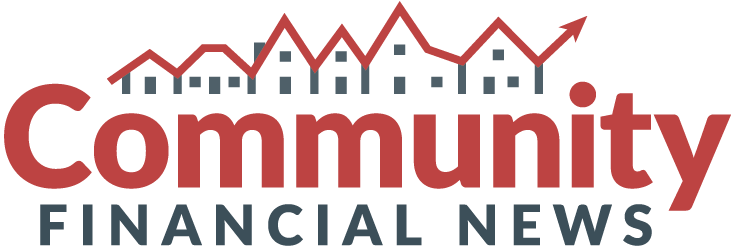 The Hartford has seen revenue growth driven by new business, pricing increases, and higher insured exposures, with operating expenses impacted by cost reduction efforts like the Hartford Next plan. Management focuses on key performance measures and risk assessment, including factors like cybersecurity, talent retention, and regulatory risks. Key performance indicators show strong ROI and stable market share. The company’s forward guidance emphasizes strategic initiatives and risk management in response to global market conditions for long-term growth and competitiveness.
The Hartford has seen revenue growth driven by new business, pricing increases, and higher insured exposures, with operating expenses impacted by cost reduction efforts like the Hartford Next plan. Management focuses on key performance measures and risk assessment, including factors like cybersecurity, talent retention, and regulatory risks. Key performance indicators show strong ROI and stable market share. The company’s forward guidance emphasizes strategic initiatives and risk management in response to global market conditions for long-term growth and competitiveness.
Executive Summary
Financials
Revenue has been steadily increasing over the past three years, primarily driven by a 10% increase in both Commercial Lines and Personal Lines. Factors contributing to this growth include new business, earned pricing increases, and higher insured exposures, especially in workers’ compensation and property lines. Operating expenses have evolved due to the Hartford Next plan implemented to reduce costs. Significant changes include workforce reductions, IT investments, and lease exit costs. Total restructuring and other costs are expected to be approximately $126 million. The company’s net income margin has improved compared to the previous year, driven by better underwriting results and increased net investment income. It outperforms industry peers in this aspect.
Management Discussion and Analysis
Management has focused on key performance measures and ratios to drive growth and improve profitability. These initiatives have been successful, but should be used in conjunction with segment discussions to fully understand trends. Management assesses the company’s competitive position by considering potential risks like cyber incidents, outsourcing challenges, talent retention, and IP protection. They highlight market trends related to equity markets and the impact of ratings on accessing financing and competitive standing. The major risks and challenges identified by management include data security, outsourcing difficulties, capital management uncertainties, integration issues from acquisitions, talent retention, and intellectual property protection. Mitigation strategies include disaster recovery plans, careful third-party selection, expense reduction initiatives, integration planning, talent attraction efforts, and intellectual property defense mechanisms.
Key Performance Indicators (KPIs)
Risk Assessment
Regulatory and legal risks, unfavorable judicial or legislative developments, changes in tax laws, regulatory requirements hindering takeover attempts, potential accounting changes, system security in disasters, outsourcing challenges, capital management uncertainties, acquisition difficulties, talent retention issues, and intellectual property protection concerns pose risks to the company. HIG assesses and manages cybersecurity risks by ensuring the availability of systems, safeguarding data, and addressing challenges related to cyber incidents and unanticipated events. HIG faces legal challenges regarding climate-related disclosures. Regulations could impact financial statements and compliance risks. Management believes adequate provisions have been made.
Corporate Governance and Sustainability
The composition of the board of directors is not specified in the provided information. There are no notable changes in leadership or independence mentioned in the text. HIG emphasizes diversity and inclusion in its governance and workforce by setting risk appetites, tolerances, and limits. However, there is no explicit mention of a commitment to board diversity. HIG discloses its development of risk appetites, tolerances, and limits as part of its sustainability initiatives. It demonstrates commitment to responsible business practices through risk monitoring and financial transparency.
Forward Guidance
The company’s forward-looking guidance addresses strategic initiatives by considering economic, market conditions, and risks, aligning with priorities outlined in the annual report. HIG is factoring in global political, economic, and market conditions, as well as financial market disruptions and changes in trade regulations. It plans to capitalize on these trends by monitoring challenges in the operating environment and adjusting strategies accordingly. Yes, the company’s forward-looking statements regarding global market conditions and investment portfolios indicate a commitment to long-term growth and competitiveness through strategic shifts and risk management strategies.
For more information:
This article was created using artificial intelligence technology from Klickanalytics.
